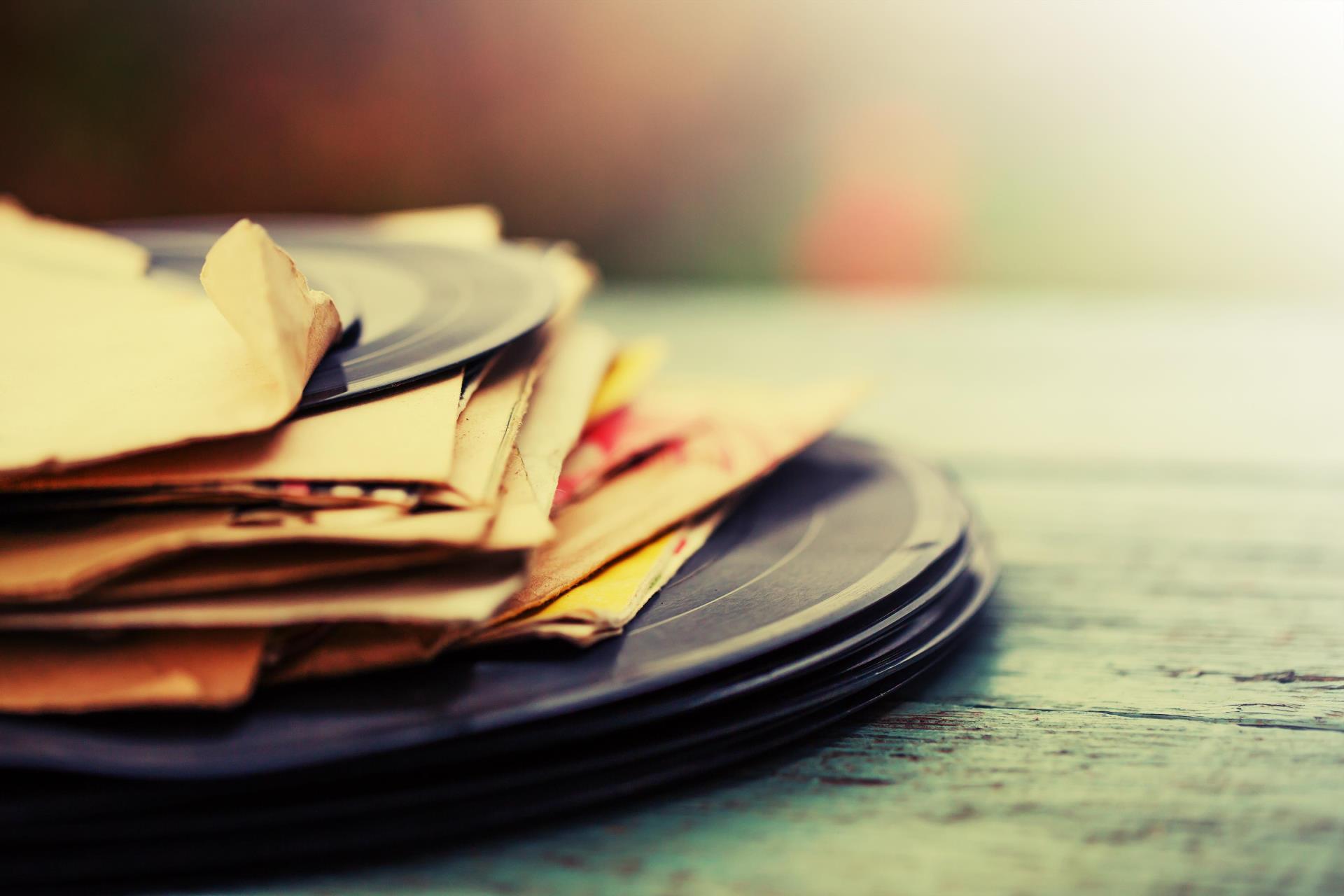What would you name as a perfect album? Your list will differ from mine, as it should.
If you’re completely honest with yourself, it’ll probably also be quite short – most LPs have at least one, and often more than one, stinker of a track that would have been better abandoned in the studio, or perhaps beaten with a baseball bat, set on fire, then buried in an unmarked grave. I’m looking at you, Rocky Racoon.

But no filler, all killer? Disappointingly rare. Some familiar contenders: Abbey Road, Pet Sounds, Joni Mitchell’s Blue. My personal chart would also include Radio City by Big Star, Rattlesnakes by Lloyd Cole and the Commotions, Loveless by My Bloody Valentine, and Lambchop’s Is a Woman.
There may be records with better individual songs on them – any number of Beatles and Beach Boys albums, for example – but these are made less than perfect by, say, an inexplicable decision to include something atrocious brought in by the drummer, or some saccharine love dirge penned by the bass player now he’s finally got a girlfriend (who probably used to date the singer).
The history of the album
Ultimately, the history of the album is the history of bands not quite getting it right. Of managing eight or nine great tunes, but not 10 or 12. Of realising it’s been four years since their last release, that they owe the record company another one before the money gets cut off, and then, having scratched fruitlessly around in the song bag, banging out a howler or two the day before they head into the studio in order to make up the numbers.
The album exists in the form it does due to a technology that has been outdated for decades, even if it is still loved by many music obsessives. There was a limited amount of music that would fit on the vinyl Long Player at a speed of 33 and a third revolutions per minute. Rock and roll songs tended to be between two and four minutes long, and so the maths decided the rest.
Of course, since the advent of CDs and digital recording, bands can stick precisely as much as they’d like on a release, but the LP format has largely stuck. Along with the next single, it’s what we as fans look forward to – that deep, prolonged immersion in the creative mind and development of our favourite artists.
It takes 786 Spotify streams to buy a cup of coffee
Which brings me to Adele. Adele has a new album out. Given the amount being spent on its promotion you are unlikely to have missed this fact, unless you’ve just returned from Mars, and perhaps not even then.
Adele might have been better using her power and influence to press Spotify and similar apps to pay artists more fairly
Adele is a superstar, a hell of a singer, and has a fine ear for a melody, even if her return single is basically four minutes of her trilling and warbling and having forgotten to write an actual song. Her Audience with… – screened this week on ITV – revealed she remains the charming, funny, self-deprecating cockney who first exploded on to the scene all those years ago, even if she’s now loaded, living in LA and hanging out with Jennifer Lawrence and Drake.
Adele’s latest album has come out on Spotify but under strict instructions that the online behemoth must disable the automatic shuffle function. “We don’t create albums with so much care and thought into our track listing for no reason,” said the singer. “Our art tells a story and our stories should be listened to as we intended.”
This was the only request I had in our ever changing industry! We don’t create albums with so much care and thought into our track listing for no reason. Our art tells a story and our stories should be listened to as we intended. Thank you Spotify for listening 🍷♥️ https://t.co/XWlykhqxAy
— Adele (@Adele) November 21, 2021
Well, maybe. The truth is that very few people sit down and listen to a full album these days – certainly not more than once through. I can’t remember the last time I ploughed through an entire record, and my children seem to change the artist after every song, often before it’s ended. The idea of a carefully curated album, tracks one to 12 appreciated in reverential order as you and your friends crowd around the stereo, is long gone. And no demand by a gazillion-selling pop diva is going to change that.
Adele might have been better using her power and influence to press Spotify and similar apps to pay artists more fairly. With something like 300 million monthly users, the company has become a cash cow for its founders and shareholders. However the average artist earns, on average, just $.00038 a stream, according to the Justice at Spotify movement. “That’s 263 streams for the average artist to earn $1,” they argue. “To put that in perspective, it would take 786 streams to generate enough revenue to buy an average cup of coffee.”
Pop music is as popular as ever, and stars like Adele are still breaking the bank. But, for the less successful, the picture is as grim as that dreadful track you used to skip when you used to listen to albums.
Chris Deerin is a leading journalist and commentator who heads independent, non-party think tank, Reform Scotland

